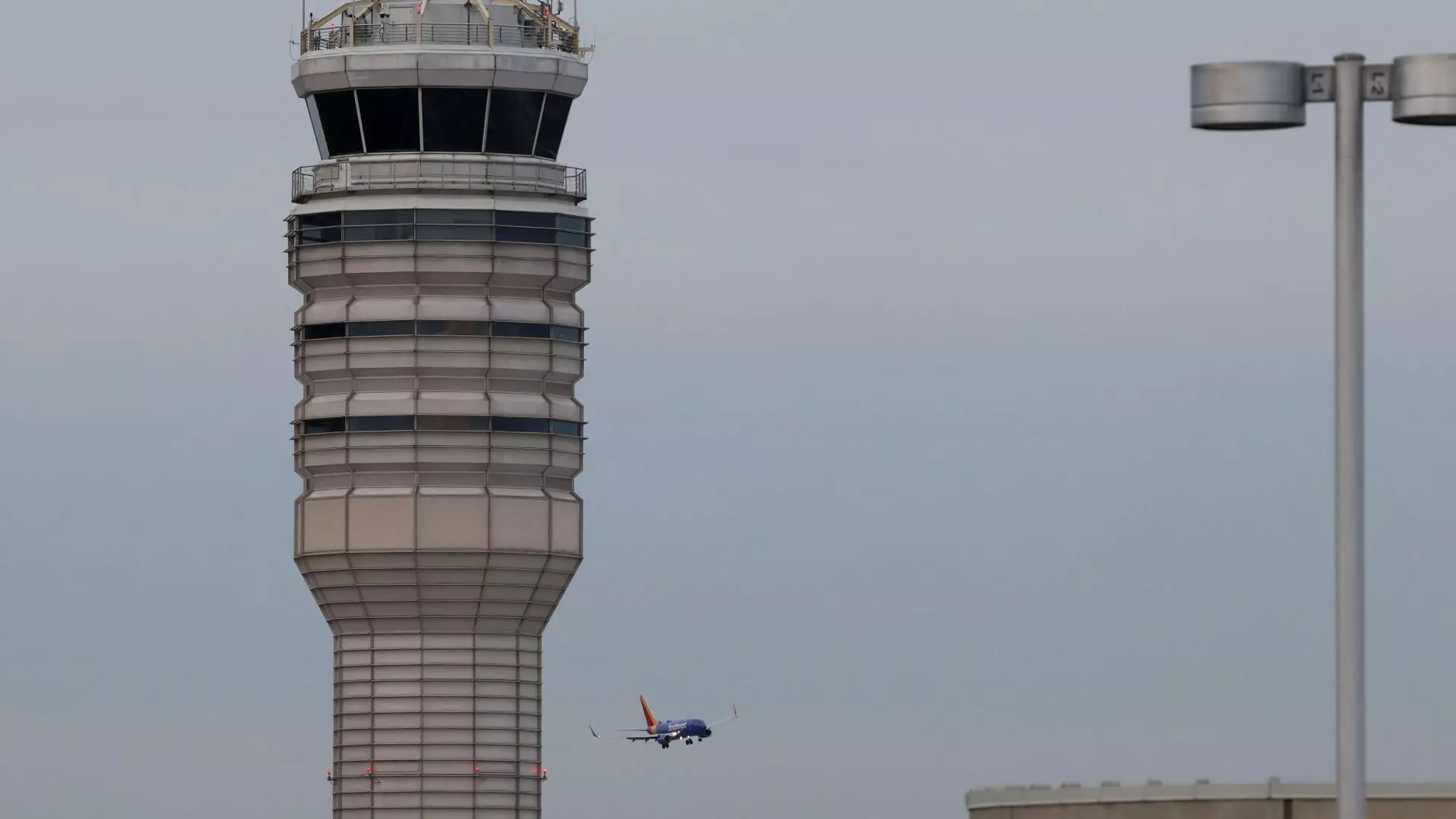In a grave incident that raised significant concerns regarding aviation safety, a tragic collision occurred between an Army Black Hawk helicopter and an American Airlines jet near Ronald Reagan Washington National Airport. This harrowing event led to the deaths of all individuals aboard both aircraft, igniting a critical response from federal authorities tasked with ensuring the safety of the skies.
Immediate Regulatory Response
In light of this catastrophic accident, Transportation Secretary Sean Duffy announced a series of restrictions on helicopter traffic in the vicinity of the airport. In a statement conveyed through social media, Duffy emphasized the urgency of the situation, declaring these restrictions would serve as an immediate measure to safeguard both commercial and military flight operations in the area. It is an attempt to bolster public confidence in the aviation system—a system that has not witnessed a fatal commercial airline crash in over 15 years until this unfortunate incident.
The regulatory changes delineate a clear restricted zone encompassing vital points around the airport, effectively curtailing helicopter operations. This region spans from the Memorial Bridge to the South Capitol Street Bridge, excluding the Tidal Basin, and includes airspace over the airport itself. National Transportation Safety Board member Todd Inman shed light on the operational mechanics of helicopters within Washington, D.C., noting that these aircraft utilize designated flight tracks for navigation. The specific track transition the helicopter was undertaking is under scrutiny as investigators seek answers to understand how this tragedy unfolded.
In the aftermath, investigators focused on key elements such as altitude levels, crew staffing, and communication protocols among air traffic controllers. The American Airlines flight, a CRJ700 arriving from Wichita, Kansas, was nearing its landing phase when the collision occurred at approximately 300 feet. As questions swirl about why the military helicopter entered the commercial flight’s path, American Airlines CEO Robert Isom has expressed gratitude toward federal leadership for their swift regulatory response while emphasizing the need for clarity in the ongoing investigation.
The incident serves as a stark reminder of the complexities inherent in managing airspace in densely populated regions like Washington, D.C. With the collaboration of both military and commercial aviation sectors, ensuring stringent safety protocols is now more crucial than ever. As authorities embark on a thorough investigation to delve into the contributing factors of the collision, the implications of these findings could resonate throughout the aviation community, potentially instigating broader reforms aimed at enhancing operational safety and preventing future tragedies.
The collision involving an Army Black Hawk helicopter and an American Airlines jet is a tragic reminder of the high stakes in aviation safety. The federal government’s proactive steps to restrict air traffic around Reagan National Airport signal a commitment to averting similar incidents in the future. As investigations continue, the focus must remain on learning from this tragedy to restore public trust in an essential aspect of modern transportation.

